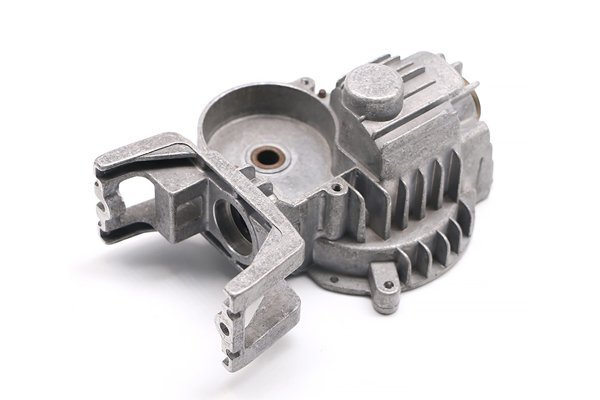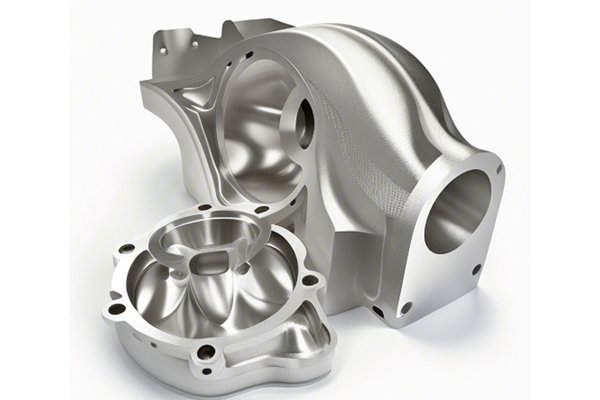Did you know that over 35% of manufacturing companies believe CNC machining significantly enhances their productivity levels? As industries evolve, the quest for precision, efficiency, and customization has become more critical than ever. Computer Numerical Control (CNC) machining stands at the forefront of this transformation, offering unparalleled solutions for the production of customizable products across various sectors.
In this article, we’ll explore the multifaceted advantages of CNC machining, diving deep into how this technology is reshaping production processes, enhancing product quality, and enabling unprecedented levels of customization. From automotive parts to delicate medical devices, CNC machining is essential for manufacturers looking to gain a competitive edge.
Understanding CNC Machining
CNC machining is a manufacturing process that utilizes pre-programmed computer software to control machinery and tools. This technology integrates various machining operations, such as drilling, milling, turning, and grinding, to produce parts from a variety of materials, including metals, plastics, and composites.
Key Components of CNC Machining
Why Consider CNC Machining for Customizable Products?
One of the most significant advantages of CNC machining is its ability to deliver high precision. Unlike traditional machining methods, CNC machines can work with greater accuracy due to their automated nature and advanced software controls. This precision is crucial in industries such as aerospace, automotive, and medical, where even the smallest deviations can lead to faulty products or safety issues.
CNC machining allows for easy scalability in production runs. Whether a manufacturer needs one prototype or thousands of identical parts, CNC technology can handle both with efficiency. With the ability to quickly adjust settings and machine operations, manufacturers can respond swiftly to changing market demands or client specifications.
Traditional machining methods often result in considerable material waste due to manual processes. CNC machining optimizes material usage and minimizes waste through precise cutting and shaping, leading to more sustainable production practices.
Many custom products require intricate designs that are challenging to create using traditional methods. CNC machining excels at producing complex geometries with ease. This capability opens up design possibilities previously thought unattainable, making it a favorite among engineers and product designers.
One of the standout benefits of CNC machining is automation. Once the design is programmed into the CNC machine, production can continue with minimal human intervention, drastically reducing the chances of errors and increasing overall throughput.
Industries Benefiting from CNC Machining
The automotive industry continually seeks innovative solutions for lightweight, durable parts. CNC machining provides manufacturers with the ability to create components such as engine blocks, brackets, and custom fittings that meet rigorous safety and performance standards.
In the aerospace sector, where precision and reliability are paramount, CNC machining plays a vital role. Customized parts like turbine blades, brackets, and housings must adhere to strict tolerances, making CNC machining an essential tool for manufacturers in this field.
The medical industry requires high-precision components, often tailored to specific applications. CNC machining allows for the production of reliable, biocompatible, and effective medical devices, from surgical instruments to prosthetics.
With the rapid pace of innovation in electronics, companies need to stay ahead by offering customized solutions. CNC machining is increasingly used to produce enclosures, connectors, and other parts necessary for high-tech devices.
Various machines and tools in the industrial sector benefit from CNC machining’s ability to produce durable and reliable custom components, ranging from gears to casing parts.
The Process of CNC Machining Customized Products
To illustrate how CNC machining works for customizable products, let’s detail the primary processes involved:

Using CAD software, engineers create a detailed digital model of the product. This model includes precise measurements, geometries, and specifications tailored to client requirements.
Once the CAD model is finalized, the next step is to convert it into machine language using CAM software. This programming outlines the machine’s movements, tool paths, feed rates, and other operational parameters.
Choosing the right material is crucial for the project. It must be compatible with the design and the intended function of the part.
The CNC machine is set up with the chosen material, and the program is uploaded. The machine then executes the program, cutting, shaping, and drilling the material according to the design specifications.
After machining, the parts undergo rigorous quality checks to ensure they meet precise tolerances and standards. This stage might involve measuring dimensions, inspecting surface finishes, and performing functional tests.
Depending on the final application, additional finishing processes such as anodizing, painting, or polishing may be applied to enhance aesthetics and performance.
Challenges of CNC Machining
While CNC machining offers numerous benefits, there are challenges to consider:
The demand for advanced CNC machinery and training can lead to high initial setup costs. Small businesses may find it challenging to invest in CNC technology.
Although CNC machines are automated, programming them requires skilled labor. Businesses need to invest in training personnel to ensure effective operation and maintenance.
Certain materials may pose challenges for CNC machining, requiring specialized tools or techniques to achieve the desired result.
Like any machinery, CNC machines require regular maintenance to stay operational. Unexpected downtime can negatively impact production schedules.
Maximizing the Benefits of CNC Machining
To fully utilize the capabilities of CNC machining for customizable products, manufacturers should consider the following strategies:
Training employees on CNC programming, operational procedures, and maintenance will lead to more efficient production and lower error rates.
Utilizing advanced CAD/CAM software will enhance design accuracy and allow for a seamless transition from design to production.
Using CNC machining for prototyping allows businesses to test designs in real-world conditions before full-scale production, minimizing risk and ensuring product success.
Implement strategies to recycle waste material and optimize production processes, thereby reducing the overall environmental impact of manufacturing endeavors.
CNC machining is revolutionizing the way customizable products are manufactured. Its numerous advantages—precision, flexibility, reduced waste, and ability to achieve complex geometries—make it an invaluable asset across industries, from automotive and aerospace to medical devices and electronics. However, businesses must carefully navigate challenges such as cost, skill requirements, and maintenance to harness the full potential of this technology.
As we move further into an era defined by innovation and consumer demands for tailored solutions, considering CNC machining can offer businesses a significant advantage. The future of manufacturing lies in the hands of those who embrace technology, adapt their practices, and continuously seek ways to improve efficiency and quality.
Reflecting on the insights shared in this blog, manufacturers should appreciate the critical role CNC machining plays in shaping the future of customizable products. Recognizing its importance not only informs strategic decisions but also cultivates a forward-thinking approach in an ever-evolving industrial landscape. It’s not just about producing goods; it’s about creating tailored solutions that meet the unique needs of consumers in a fast-paced world.






